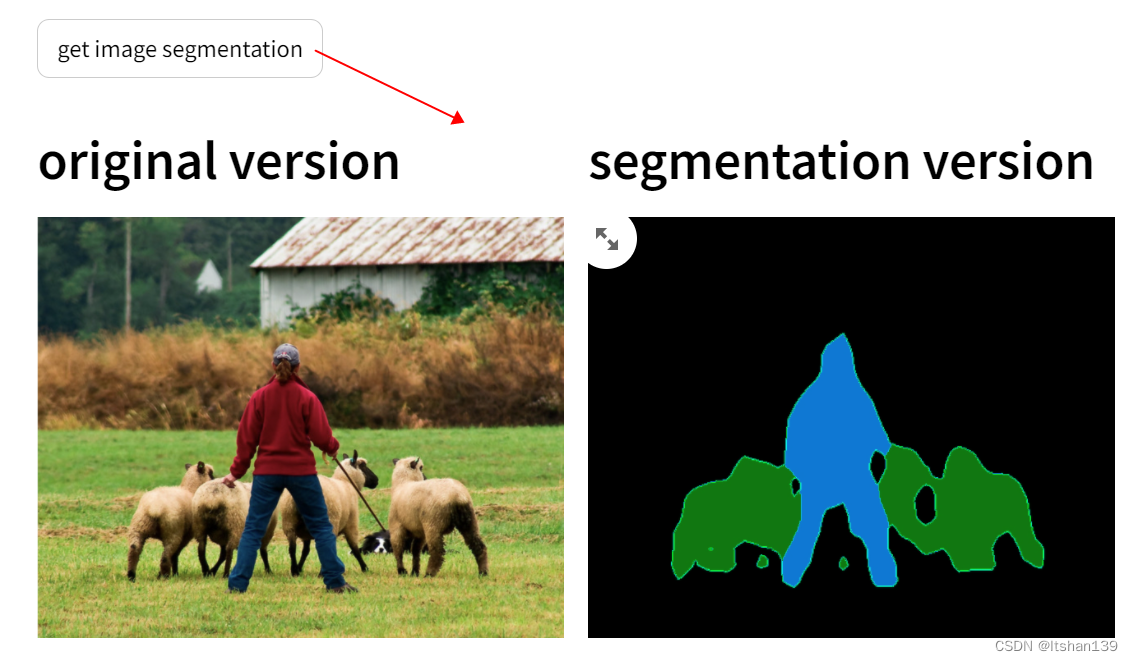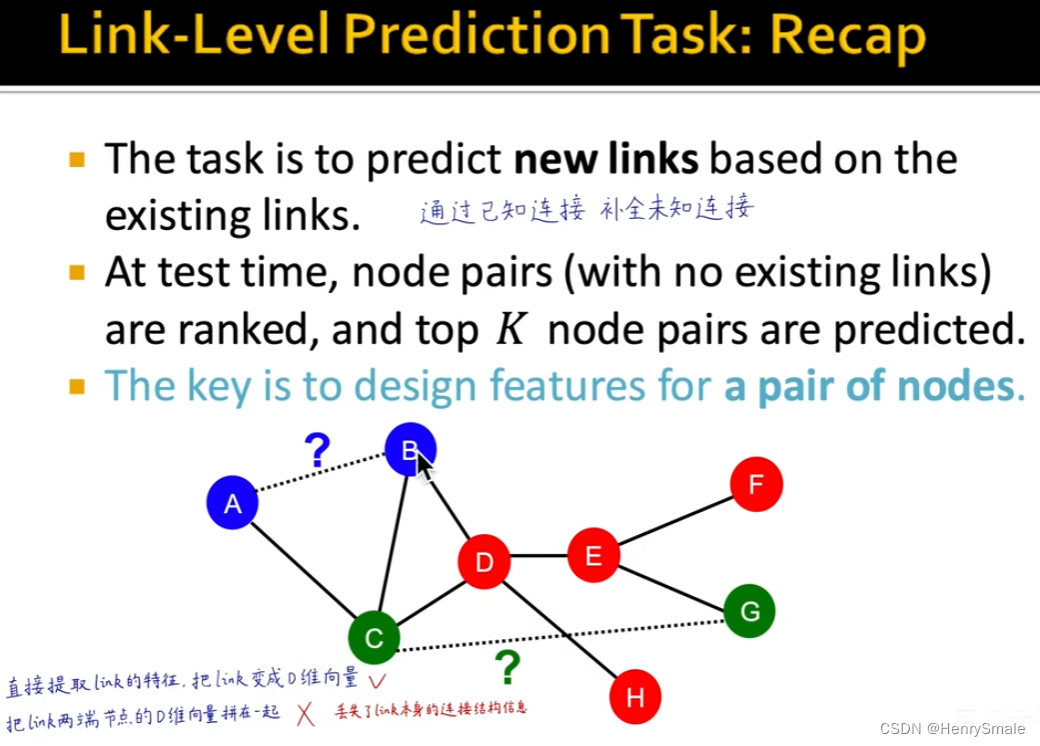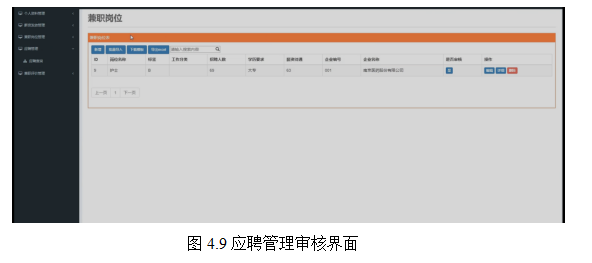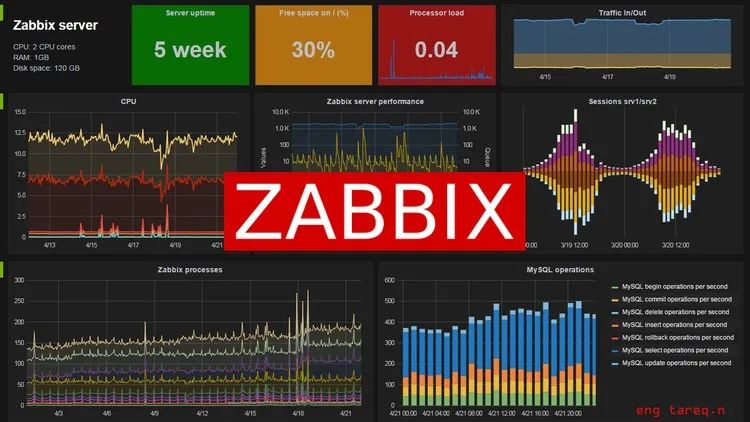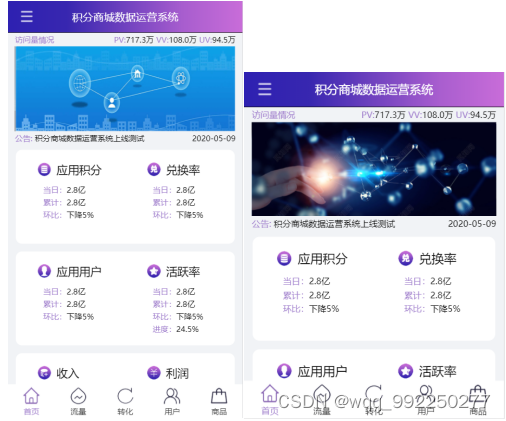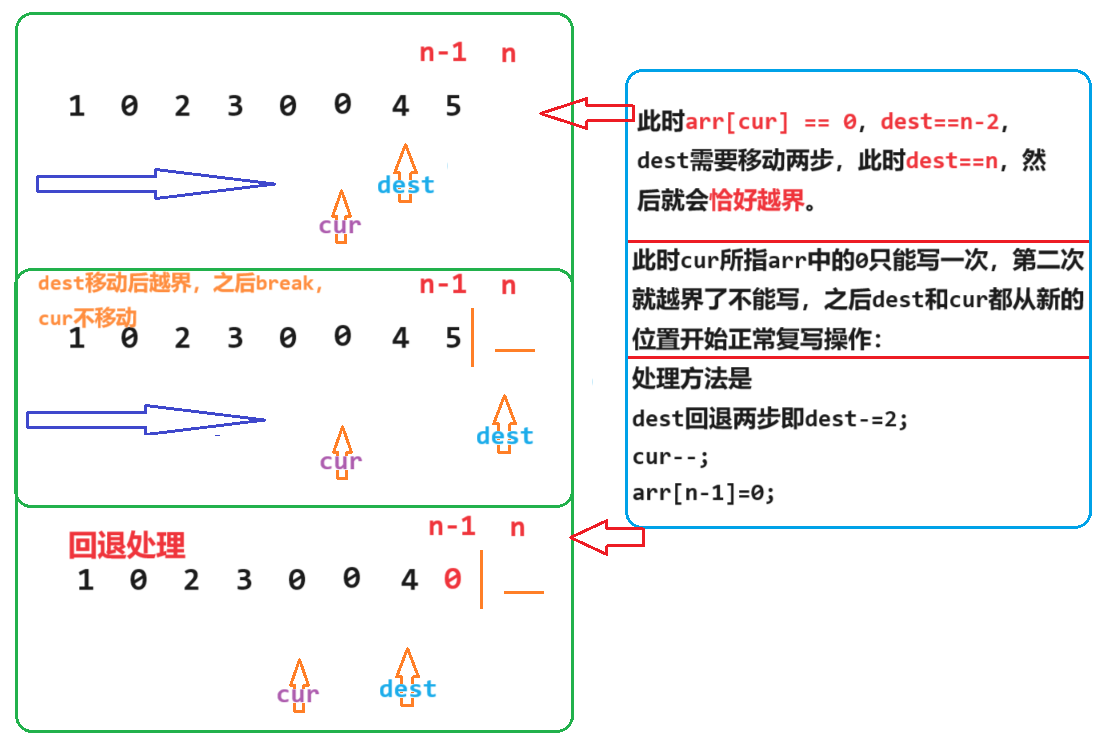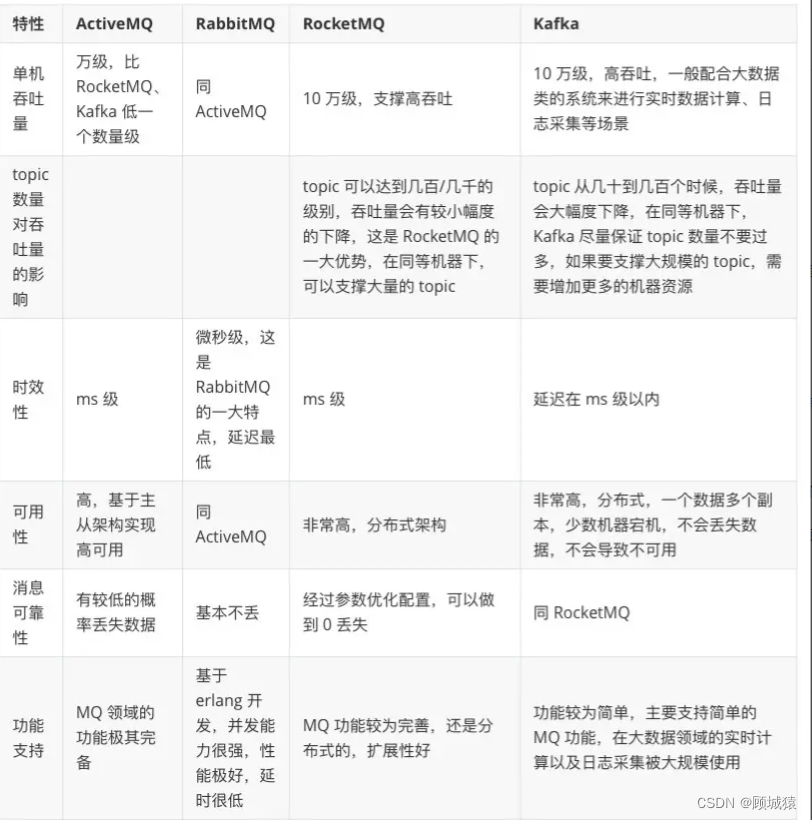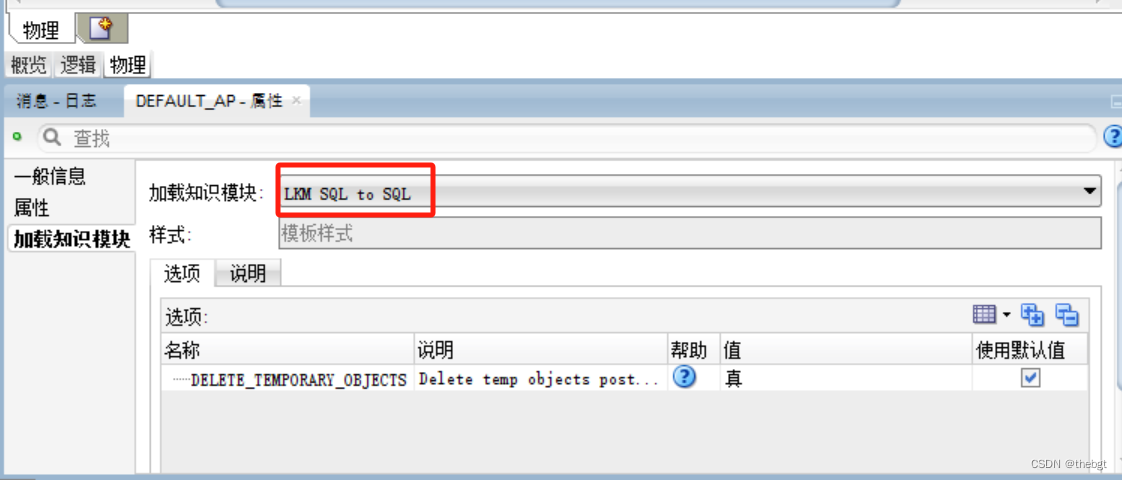前言
fastapi是目前一个比较流行的python web框架,在大模型日益流行的今天,其云端部署和应用大多数都是基于fastapi框架。所以掌握和理解fastapi框架基本代码和用法尤显重要。
需要注意的是,fastapi主要是通过app对象提供了web服务端的实现代码,对于一个完整应用来说,还需要uvicorn组件来启动web服务,如果想要可视化UI的话,可以考虑使用streamlit前端。
代码
大家可以基于下面这个简单代码例子(参考GitHub - markthink/streamlit-fastapi-model,稍有修改)来加深理解。一共三个python源文件: segmentation.py(获取pytorch deeplabv3模型和推理该模型实现图像分割), ui.py(基于streamlit构造webUI供用户来选择图片并显示结果)和server.py(基于fastapi编写服务端函数来响应前端UI发来的/segmentation消息)。
segmentation.py:
import io, torch
from PIL import Image
from torchvision import transforms
def get_segmentator():
model = torch.hub.load('pytorch/vision:v0.10.0', 'deeplabv3_mobilenet_v3_large', pretrained=True)
model.eval()
return model
def get_segments(model, binary_image, max_size=512):
input_image = Image.open(io.BytesIO(binary_image)).convert("RGB")
width, height = input_image.size
resize_factor = min(max_size/width,max_size/height)
resize_image = input_image.resize((int(input_image.width * resize_factor),int(input_image.height*resize_factor)))
preprocess = transforms.Compose(
[
transforms.ToTensor(),
transforms.Normalize(mean=[0.485,0.456,0.406],std=[0.229,0.224,0.225])
]
)
input_tensor = preprocess(resize_image)
input_batch = input_tensor.unsqueeze(0)
with torch.no_grad():
output = model(input_batch)['out'][0]
output_predictions = output.argmax(0)
# create a color pallette, selecting a color for each class
palette = torch.tensor([2 ** 25 - 1, 2 ** 15 - 1, 2 ** 21 - 1])
colors = torch.as_tensor([i for i in range(21)])[:, None] * palette
colors = (colors % 255).numpy().astype("uint8")
r = Image.fromarray(output_predictions.byte().cpu().numpy()).resize(
input_image.size
)
r.putpalette(colors)
return rui.py:
import io, requests
import streamlit as st
from PIL import Image
from requests_toolbelt.multipart.encoder import MultipartEncoder
#backend = "http://fastapi:8000/segmentation"
backend = "http://0.0.0.0:8000/segmentation"
def process(image, server_url:str):
m = MultipartEncoder(fields={"file": ("filename", image, "image/jpeg")})
r = requests.post(server_url, data=m, headers={"Content-Type":m.content_type}, timeout=8000)
return r
st.title("DeepLabV3 image segmentation")
st.write("AI inference demo for fastapi calling pytorch model")
input_image = st.file_uploader("pls input one image")
if st.button("get image segmentation"):
col1, col2 = st.columns(2)
if input_image:
segments = process(input_image, backend)
original_image = Image.open(input_image).convert("RGB")
segmented_image = Image.open(io.BytesIO(segments.content)).convert("RGB")
col1.header("original version")
col1.image(original_image, use_column_width=True)
col2.header("segmentation version")
col2.image(segmented_image, use_column_width=True)
else:
st.write("pls input one image")server.py:
import io
from segmentation import get_segmentator, get_segments
from starlette.responses import Response
from fastapi import FastAPI, File
model = get_segmentator()
app = FastAPI(
title="Deeplabv3 image segmentation",
description="demo for deploying pytorch models with fastapi",
version="0.1.0"
)
@app.post('/segmentation')
def get_segmentation(file:bytes=File(...)):
print("hello post")
segmented_img = get_segments(model, file)
bytes_io = io.BytesIO()
segmented_img.save(bytes_io, format='PNG')
return Response(bytes_io.getvalue(), media_type='image/png')这三个文件放在一个目录下面,启动两个terminal窗口分别输入命令:
uvicorn server:app --host 0.0.0.0 --port 8000
streamlit run ui.py
全部代码在CPU+ubuntu20.04上运行成功,无需GPU加速。
webui如下图所示
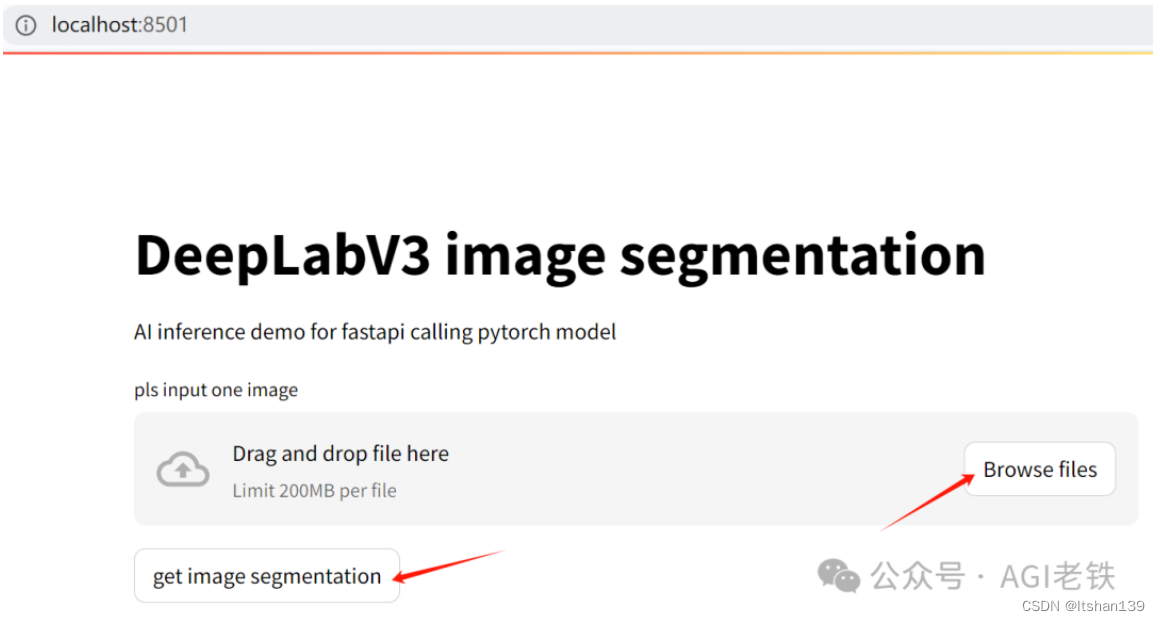
首先点击Browse file按钮,选择待分割图片,然后点击get image segmentation按钮就可以看到原始图片和分割结果。
